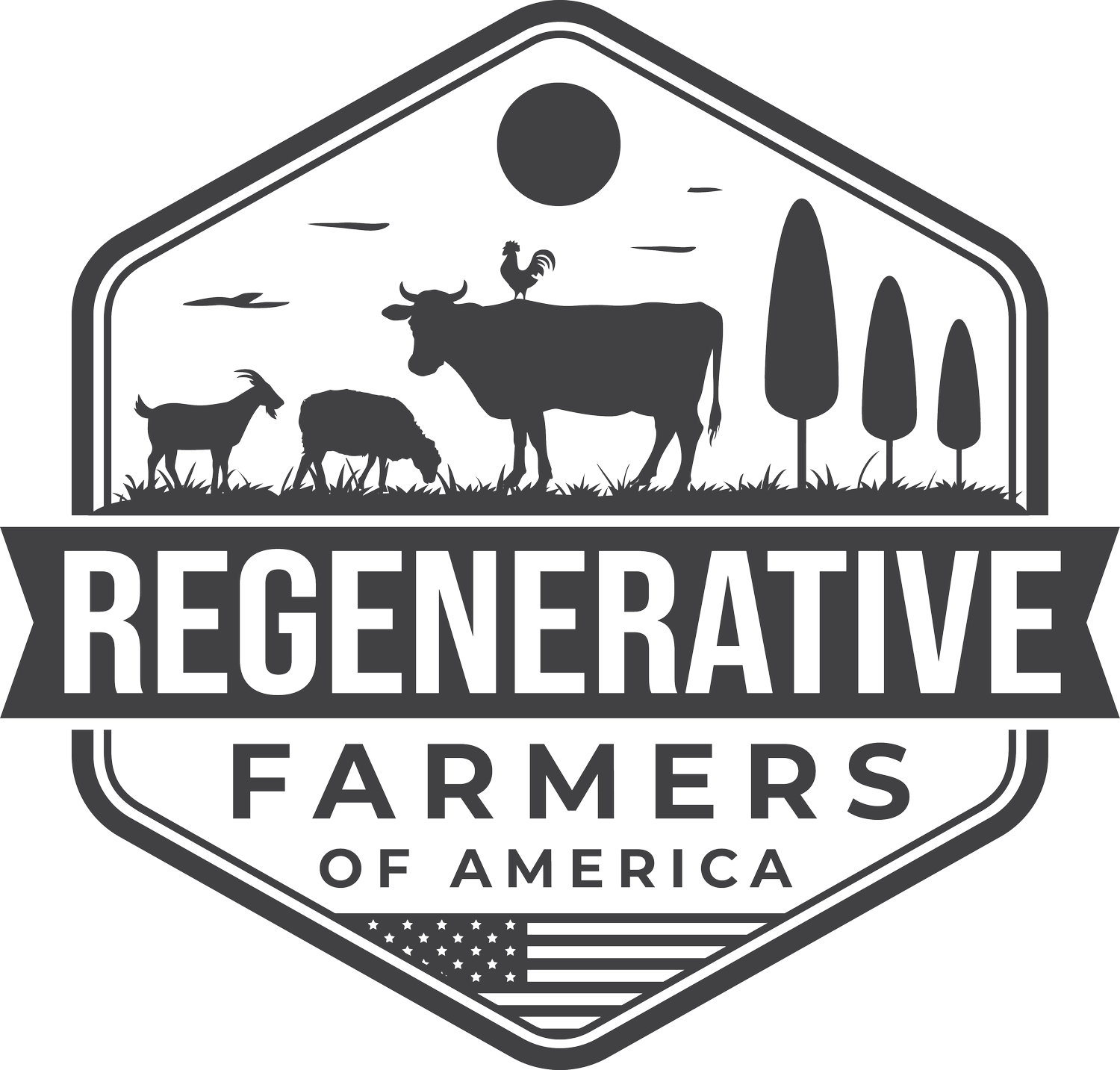Start a Thriving CSA
Starting a Community Supported Agriculture (CSA) can be a fulfilling and empowering experience for both the farmers and the community. By connecting with the local food system, you can provide fresh and nutritious food to your community and promote sustainable agriculture.
What is a CSA, and Why Start One?
A CSA, or Community Supported Agriculture, is a model of food production and distribution that connects farmers directly with consumers. Under this model, consumers purchase a share of a farm's harvest at the beginning of the growing season and receive a weekly or biweekly delivery of fresh produce throughout the season. By joining a CSA, consumers have the opportunity to support local agriculture, enjoy fresh, seasonal produce, and connect with the people who grow their food. For farmers, a CSA can provide a stable source of income, reduce waste by producing only what is needed, and foster a sense of community and collaboration among customers.
Choosing Your CSA Model: Shares, Pricing, and Other Considerations
There are several key factors to consider when deciding on the structure of your CSA, including share size, pricing, payment schedules, and pickup or delivery options.
One common CSA model is the "full share," which typically provides enough produce to feed a family of four for a week. Another option is the "half share," which may be better suited for smaller households or those who eat less produce.
When it comes to pricing, CSA farmers will typically set a price per share that reflects the cost of production, labor, and overhead, while also considering what customers are willing to pay. Payment schedules may vary, with some CSAs requiring upfront payment for the entire season and others offering installment plans or pay-as-you-go options.
Finally, farmers will need to decide on pickup or delivery options that are convenient for their customers while also minimizing transportation costs and time.
Here are some tips on how to start a CSA:
Develop a clear mission and vision: Identify what values and goals you want to embody in your CSA. This will help you focus on what's important and ensure everyone is on the same page.
Build a supportive community: Connect with other farmers, community members, and organizations that share your values. Networking with like-minded individuals can provide resources and support, making the process of starting a CSA less daunting.
Research and plan: Research different models of CSAs and decide on the structure that best fits your needs. Create a business plan, budget, and marketing plan, and make sure you understand the legal and financial implications of starting a CSA.
Start small: Don't be afraid to start small and grow gradually. This will help you gain experience and refine your operations over time.
Foster transparency and open communication: Encourage open communication between farmers and members, and be transparent about your farming practices and challenges. This builds trust and creates a sense of community.
Offer diversity and education: Offer a variety of crops and educate members about the benefits of eating seasonally and locally. This can increase interest and engagement among members.
Make it fun and inclusive: Make sure your CSA is accessible and inclusive for all members of the community. Offer opportunities for members to get involved and participate in farm events, such as potlucks or volunteer days.
Legal Aspects of Starting a CSA
The legal implications of starting a Community Supported Agriculture (CSA) are an important aspect to consider before launching your operation. Below are some key legal considerations:
Business structure: Decide on the type of business structure you want to adopt, such as a sole proprietorship, partnership, limited liability company (LLC), or cooperative. Each structure has its own legal and tax implications, so it is important to choose the one that best suits your needs.
Licenses and permits: Determine what licenses and permits are required in your state and local jurisdiction to operate a farm and sell produce. This may include a business license, food handler's permit, and food vendor's license.
Insurance: Consider getting insurance to protect your business from liability and other potential risks. This may include general liability insurance, product liability insurance, and workers' compensation insurance.
Food safety regulations: Familiarize yourself with food safety regulations, such as the Good Agricultural Practices (GAP) and Good Handling Practices (GHP), and make sure your CSA complies with all applicable regulations.
Contracts: Develop contracts with your CSA members that clearly outline the terms and conditions of your arrangement. This can include the type and amount of product to be provided, payment terms, and responsibilities of each party.
Labor laws: Be aware of federal and state labor laws, such as minimum wage laws, overtime laws, and worker safety regulations. Make sure you comply with all applicable laws when hiring employees or volunteers.
Tax obligations: Familiarize yourself with your tax obligations, such as sales tax, income tax, and self-employment tax. You may also need to register for an Employer Identification Number (EIN) from the Internal Revenue Service (IRS).
It is important to seek professional legal advice when starting a CSA to ensure you are in compliance with all applicable laws and regulations. This can help avoid potential legal issues and protect your business in the long run.
